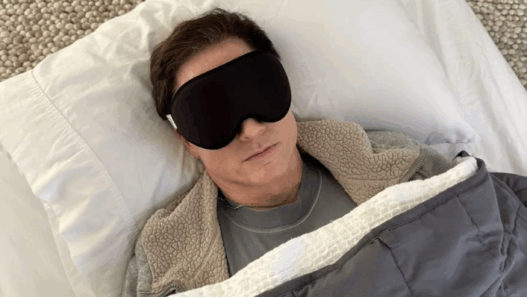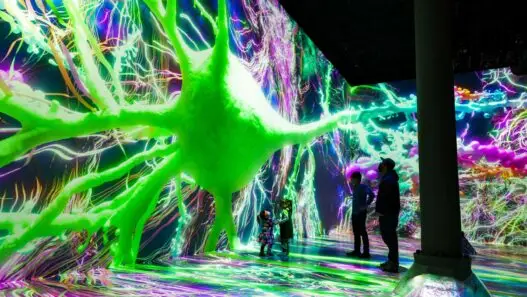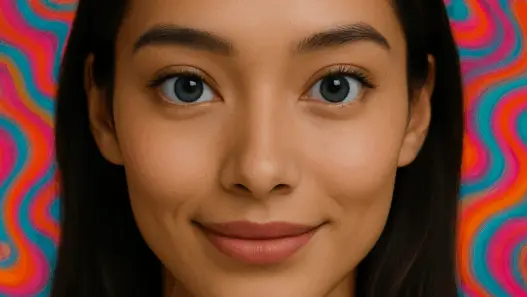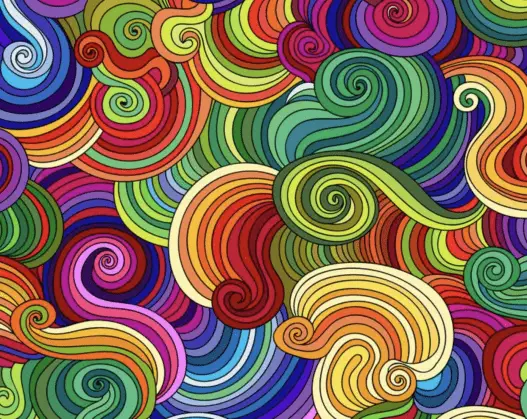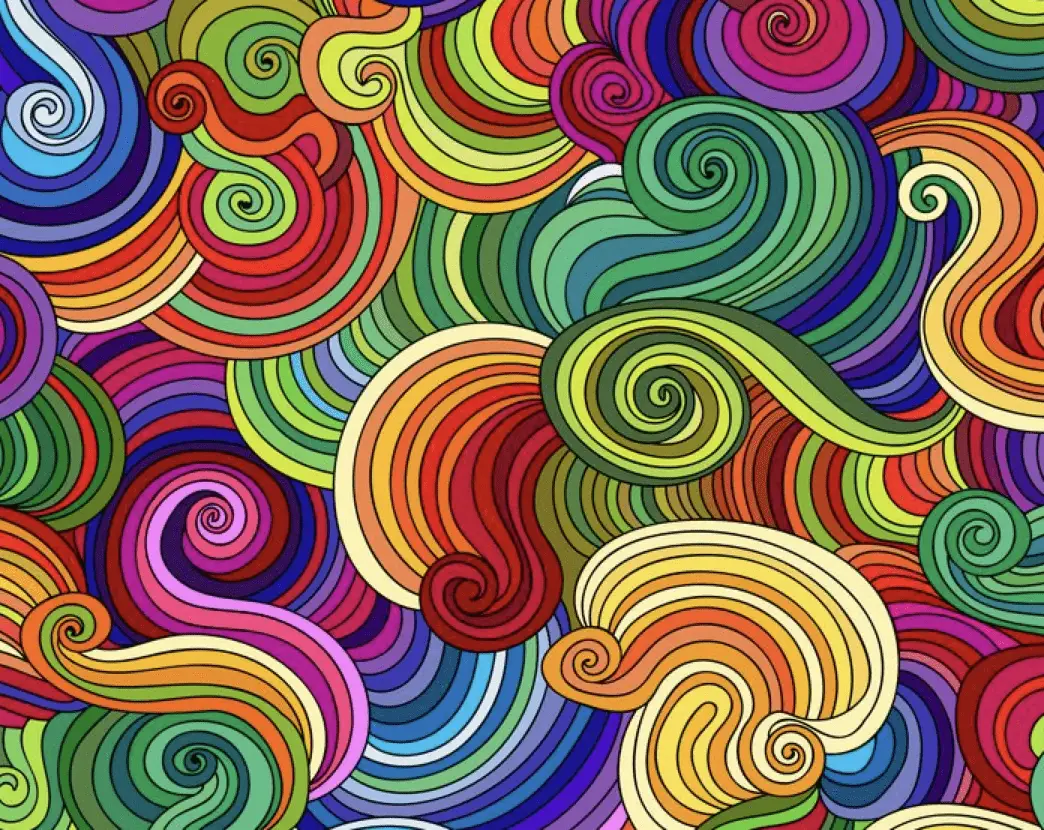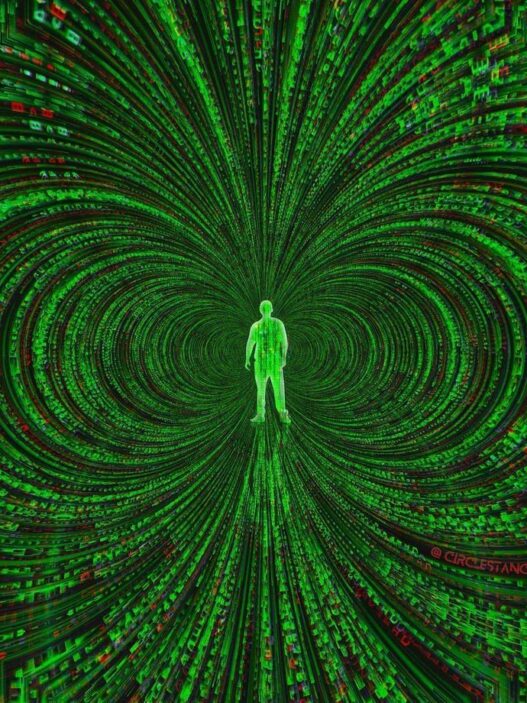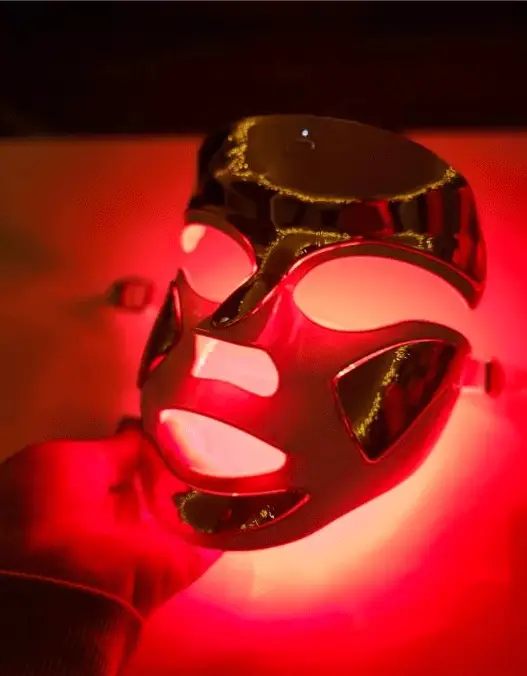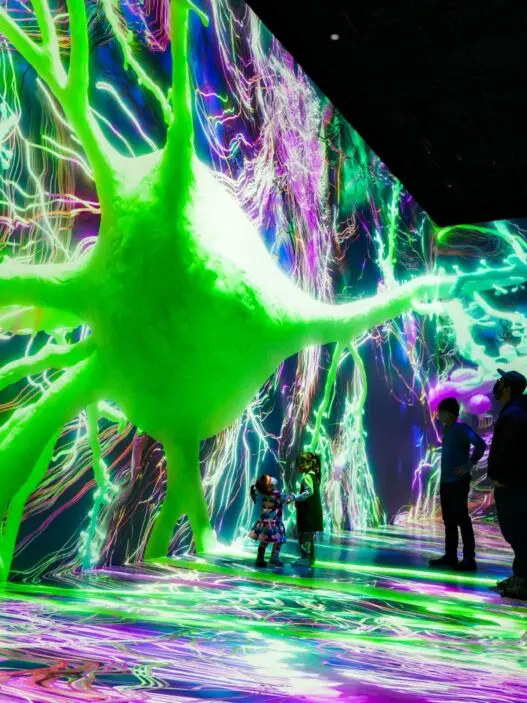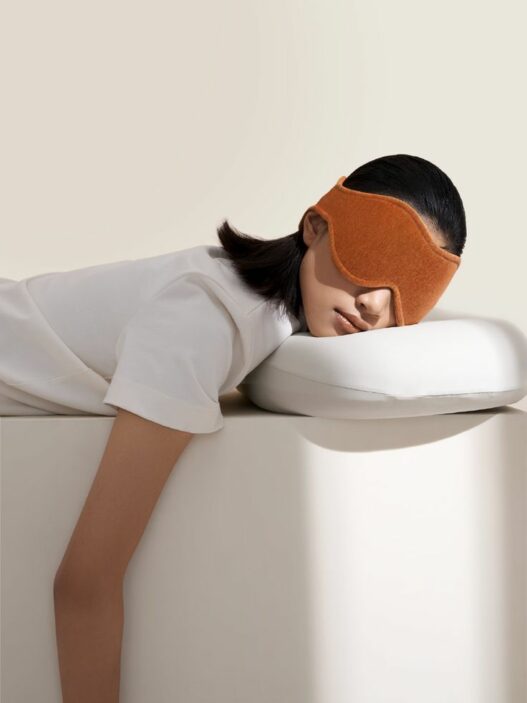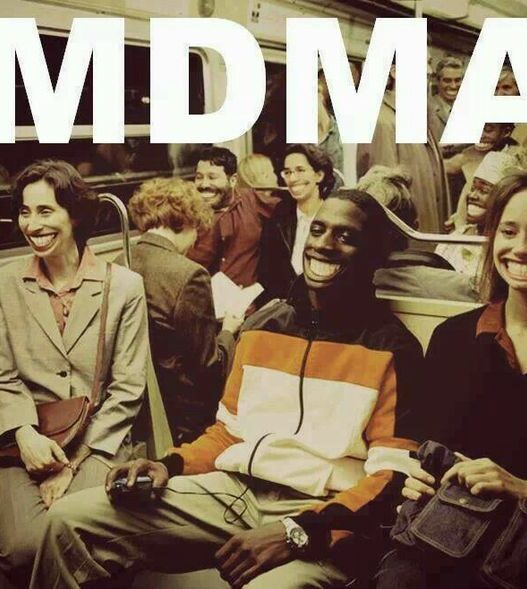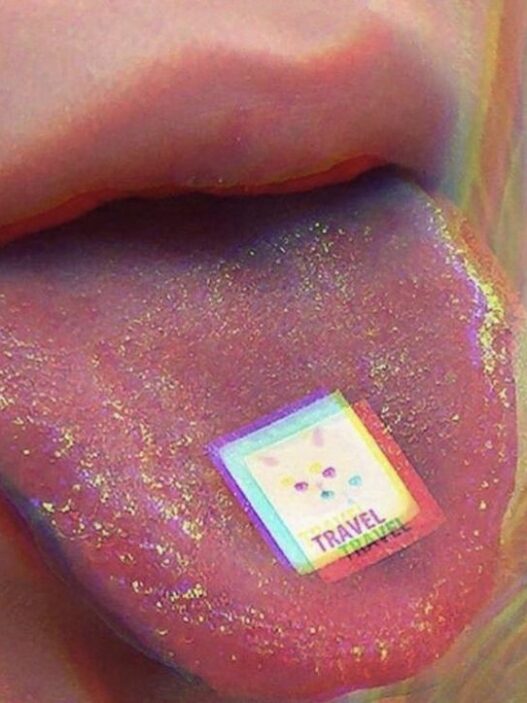Have you ever looked at a cloud and suddenly seen faces, animals, or intricate designs hidden within it? Now, imagine that experience multiplied a thousand times—that’s what LSD can do to perception and pattern recognition.
LSD doesn’t just distort reality; it reveals hidden structures, amplifies sensory input, and enhances the brain’s ability to detect connections. Studies show that psychedelics like LSD increase neural connectivity, making the brain more adept at seeing patterns, forming new associations, and experiencing the world in a hyper-detailed way.
Let’s break down how LSD alters perception and enhances pattern recognition at the neurological level.
1. LSD Increases Neural Connectivity, Boosting Pattern Recognition
LSD creates a hyperconnected brain state, where different regions that usually operate separately begin talking to each other.
🔹 LSD increases global brain connectivity by 200-300%, allowing visual, auditory, and emotional regions to interact more freely (Tagliazucchi et al., 2016).
🔹 Enhances communication between the visual cortex and the default mode network (DMN), leading to richer pattern detection in everyday objects.
🔹 This effect explains why people on LSD experience fractal imagery, interconnected ideas, and heightened awareness of hidden structures.
💡 Analogy: If a normal brain is like a set of train tracks, LSD turns it into a web of highways, allowing more connections to be made instantly.
2. LSD Enhances Gestalt Perception: Seeing the Bigger Picture
Gestalt perception refers to the brain’s ability to recognize complex patterns and organize information into meaningful wholes. LSD appears to amplify this process, making users more aware of intricate details and underlying structures.
🔹 Studies show LSD increases entropy (randomness) in the brain, allowing for more flexible and creative interpretations of sensory input (Carhart-Harris et al., 2014).
🔹 Users report seeing geometric patterns in ordinary textures, like wood grain or fabric, due to LSD’s enhancement of the visual cortex.
🔹 LSD’s effect on serotonin 5-HT2A receptors leads to hallucinatory pattern perception, making abstract connections more vivid.
💡 Analogy: LSD removes the mental filter, allowing the brain to perceive the world as an interconnected tapestry rather than isolated pieces.
3. LSD Increases Sensory Resolution: Seeing More Detail in Everything
LSD sharpens the brain’s ability to process sensory input, leading to:
✅ Heightened color perception – Colors appear more vivid, saturated, and layered.
✅ More intricate textures – Surfaces like walls, leaves, and water seem to pulse and breathe.
✅ Enhanced auditory detail – Sounds take on a synesthetic quality, where music can be “seen” or “felt”.
🔹 Research shows that LSD increases activity in the primary visual cortex, allowing users to process subtle details that are usually ignored (Schartner et al., 2017).
🔹 LSD’s ability to increase dopamine and serotonin levels also enhances focus on small details, making textures, patterns, and objects appear more complex.
💡 Analogy: LSD is like switching your brain’s graphics settings from “low resolution” to “ultra HD”, revealing details you normally overlook.
4. LSD and Pareidolia: Seeing Faces and Meaning in Randomness
Pareidolia is the brain’s tendency to see familiar shapes (like faces) in random objects—something LSD intensifies significantly.
🔹 LSD strengthens connections between the fusiform gyrus (face recognition center) and the visual cortex, increasing the likelihood of seeing human-like images in random patterns (Kaelen et al., 2016).
🔹 This effect helps explain why people on LSD often see eyes, faces, or sacred symbols in natural patterns like tree bark or clouds.
🔹 Increased dopamine release under LSD also enhances pattern recognition, sometimes leading to deep symbolic insights.
💡 Analogy: LSD supercharges the imagination, turning everyday randomness into meaningful imagery and symbols.
5. LSD Enhances Abstract Thinking and Creative Problem-Solving
Beyond visual perception, LSD improves cognitive flexibility, making it easier to think outside the box and recognize abstract patterns.
🔹 A study found that low doses of LSD increase divergent thinking, the ability to generate multiple creative solutions to a problem (Kuypers et al., 2016).
🔹 LSD reduces rigid thought patterns, making the brain more open to new connections and unusual associations.
🔹 This effect explains why artists, musicians, and scientists have used LSD for inspiration and groundbreaking ideas.
💡 Example: Steve Jobs famously said that taking LSD was one of the most important experiences of his life, helping him see technology as an extension of human creativity.
6. LSD’s Effect on Time Perception: Seeing the Past, Present, and Future as One
LSD distorts the brain’s ability to track time, making patterns more fluid and interconnected.
🔹 Time appears to slow down or speed up, allowing users to perceive events in layers rather than sequences.
🔹 This altered state helps people see patterns in their own behaviors and memories, leading to deep personal insights.
🔹 Studies suggest LSD’s effect on serotonin receptors in the thalamus may explain these distortions in time and perception (Wittmann et al., 2007).
💡 Analogy: Time under LSD feels like a movie with overlapping scenes instead of a linear sequence, revealing deep connections between past and present.
LSD as a Perception Enhancer
LSD doesn’t just distort reality—it expands it, making the brain hyper-aware of patterns, connections, and sensory details that normally go unnoticed. Whether through visual fractals, auditory synesthesia, or deep cognitive insights, LSD amplifies perception and enhances the brain’s ability to recognize meaning in the world.




